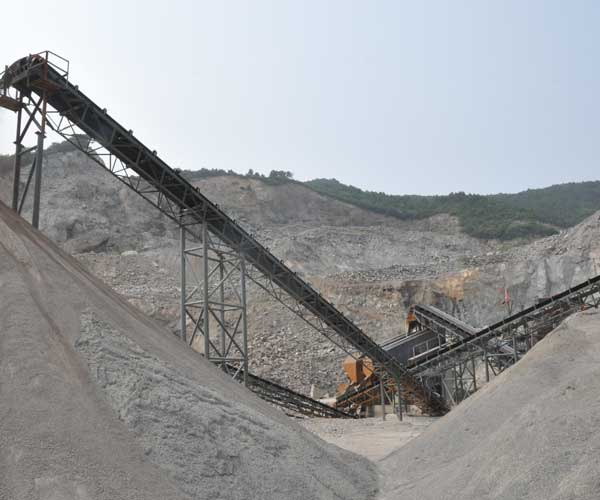
When it comes to industrial material handling, belt conveyors play a crucial role in the smooth and efficient transportation of goods. Optimizing the design of belt conveyors is essential to ensure their reliability, durability, and efficiency.
Belt conveyors are used in various industries to transport bulk materials or units from one point to another. They consist of a continuous belt that moves over a series of rollers or pulleys to transport goods along a predefined path. Understanding the basics of belt conveyors, including their components and operation, is essential for designing an efficient and reliable conveyor system. Factors such as belt speed, load capacity, material characteristics, and conveyor length all play a critical role in determining the optimal design for a belt conveyor system.
Design optimization is crucial for maximizing the performance and efficiency of belt conveyors. An optimized design can help reduce maintenance costs, minimize downtime, and improve overall productivity. By evaluating the importance of design optimization, manufacturers can identify areas for improvement and implement solutions to enhance the performance of their belt conveyor systems. Factors such as belt tension, material flow rate, pulley diameter, and conveyor inclination angle all need to be carefully considered during the design optimization process.
To maximize the efficiency of belt conveyor design, manufacturers must consider various key factors. These include selecting the right belt type and width, optimizing the conveyor layout, ensuring proper tracking and alignment, and implementing effective maintenance practices. By addressing these key considerations, manufacturers can optimize their belt conveyor design to achieve higher throughput, reduced energy consumption, and improved operational performance.
Implementing best practices for belt conveyor design involves following industry standards, conducting thorough design calculations, and utilizing advanced technology and software tools. Manufacturers can benefit from partnering with trusted suppliers like Zenith, who offer a wide range of industrial crushing, powder grinding, and mineral processing equipment. By incorporating best practices into their belt conveyor design process, manufacturers can ensure the reliability, efficiency, and longevity of their conveyor systems.
Optimizing the design of belt conveyors is crucial for maximizing efficiency and productivity in industrial material handling operations. By understanding the basics of belt conveyors, evaluating the importance of design optimization, considering key factors for maximizing efficiency, and implementing best practices, manufacturers can enhance the performance of their conveyor systems. With the help of trusted suppliers like Zenith, manufacturers can access the expertise and equipment needed to optimize their belt conveyor design and achieve success in their material handling operations.
We have jaw crushers, impact crushers, cone crushers, sand makers and so on.
Mon - Sun, 0:00 - 24:00
24h Online Service
© Zenith. All Rights Reserved. Designed by
